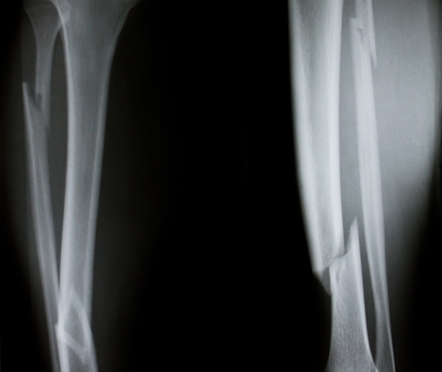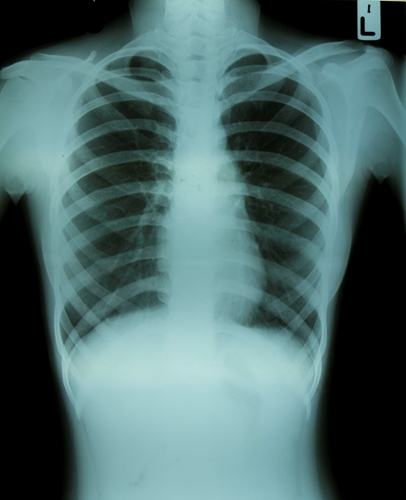Health care providers aim to produce optimal outcomes for patients when they undergo extensive medical imaging exams to determine accurate diagnoses. However, all facilities must practice effective radiation protection to ensure people do not experience negative health effects from overexposure.
The 2014 annual meeting of the Radiological Society of North America concluded last week in Chicago, Illinois, with physicians trading insights on patient management, electronic health record software and dose optimization for scans. The most intriguing update may have come from Luke Byers, D.O., and his colleagues at Imgen in Las Vegas, Nevada.
Adopting new policies to reduce dosages for CT
According to Byers, CT scans represent 10 percent of all imaging studies conducted by radiologists and account for more than two-thirds of radiation exposure in diagnostic radiology. In addition, roughly 33 percent of patients who undergo CT wind up repeating the exam up to three times, AuntMinnie.com reported.
"It is estimated that approximately 30 million patients accounted for the 85 million CT scans in 2012," explained Byers, quoted by the news source. "It is clear that proper patient radiation shielding is important."
Radiologists have implemented protection policies at facilities around the U.S., with recommendations coming from federal organizations like the U.S. Environmental Protection Agency. But universal guidelines have yet to be established in the country, and most practices are left to design unique protocols for imaging. Byers and his team created their own program and assessed the effectiveness of resuable, lead-free shielding pads in reducing radiation exposure for CT patients.
Developing proper imaging standards
The five-year study, running between 2008 and 2013, had radiological technicians offering patients the shields to protect body parts not included in the CT exam. During the time frame, a total of 28,715 scans were performed – 9,331 of the head and 19,384 of the body. The training and costs associated with the shields were minimal, Byers explained, and none of the patients refused the protection.
Byers and his colleagues monitored 112 patients for radiation exposure, gathering dose measurements from 145 exams. For brain/sinus imaging, the participants experienced 60 percent reductions in average dose, while chest/cardiac (51 percent) and abdomen (46 percent) radiation exposure rates dropped as well.
The simple step of distributing shield pads to patients protected their bodies from potentially harmful levels of ionized radiation. This cost-effective solution could be integral to facilities that are redesigning criteria for digital imaging procedures.
Creating the best manual for radiation safety
The University of Utah published its own set of radiology guidelines for doctors to review and implement at their practices. When offering exams like CT that use radiation for image capturing, responsibility is placed on senior leadership to ensure optimal compliance with safety protocols.
For example, UT recommended care centers that provide diagnostic services appoint a trusted radiation safety officer who oversees all procedures at the facilities. This individual should be enforcing all matters of compliance and ensuring accurate interpretation and implementation of policies, including the following responsibilities:
- Maintaining copies of imaging licenses and pertinent regulations
- Coordinating record-keeping for all use of radiation sources
- Monitoring dosage outputs and overall patient exposure to radiation
- Providing in-depth instruction and services to technicians.
In addition, hospitals should establish radiation safety committees composed of trusted physicians and specialists who govern all aspects of dose usage and protection. While they would likely help the RSO in matters pertaining to compliance, the cohort could also conduct extensive research to discover ways to improve radiation safety policies.
Contact Viztek for more information.
Ronny Bachrach
Latest posts by Ronny Bachrach (see all)
- Konica Minolta Debuts First-of-Its-Kind Digital U-Arm System at AHRA - July 27, 2016
- Researchers Detect Signs Of Stroke Risk Using MRI - June 27, 2016
- Imaging Biz: Q&A with David S. Channin MD: How to Make PACS Patient Centered - June 22, 2016










